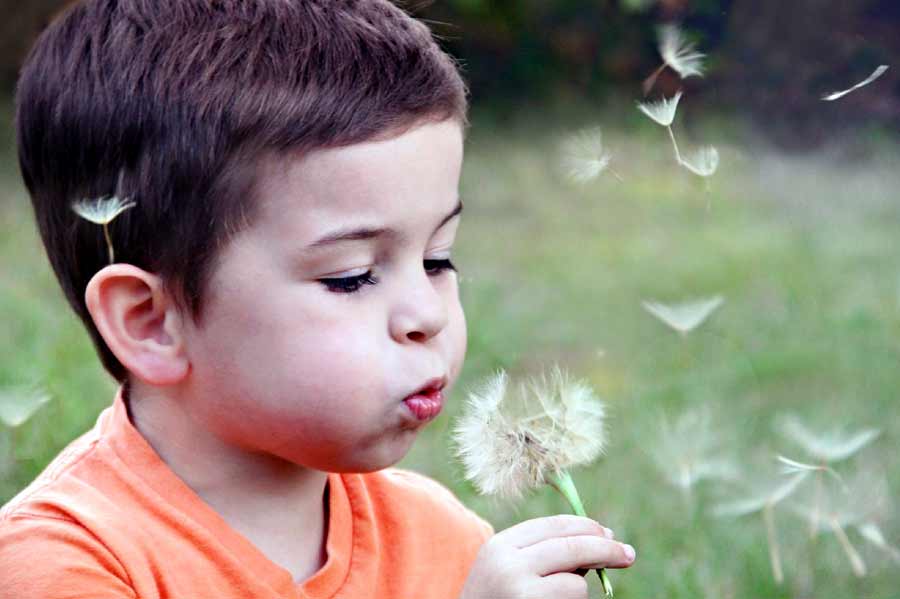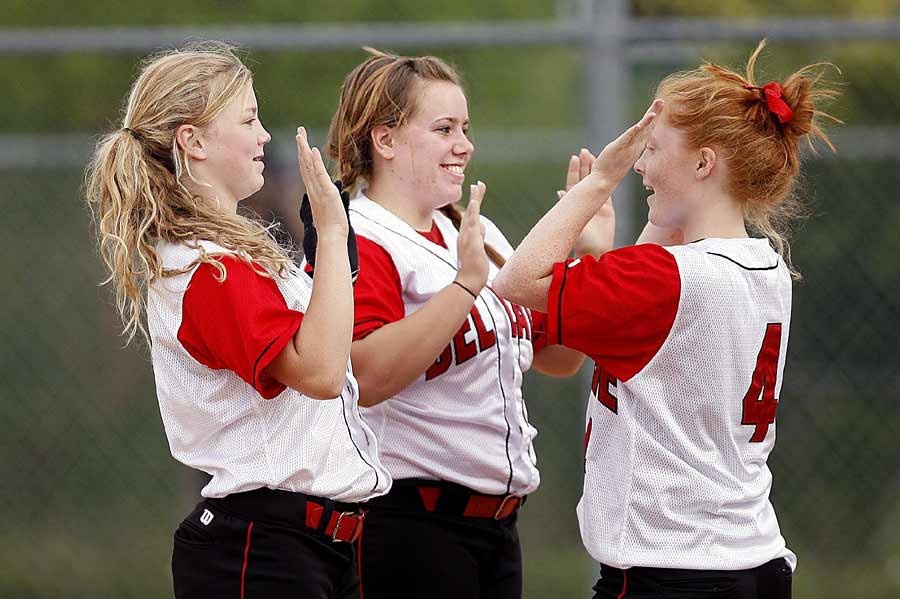WHAT IS OSTEOPATHY?
Osteopathy is a manual approach whose objective is to restore the functionality of the structures and systems of the human body in order to optimize its self-regulation capacity. This practice is based on in-depth knowledge of the health sciences and interactions specific to the balance of the body.Thanks to a fine and precise palpation, a complete and global evaluation makes it possible to investigate the cause of the neuro-musculoskeletal, visceral and cranial dysfunctions. Each treatment is specific and individualized.Source: osteopathy Quebec

WHO IS OSTEOPATHY MEANT FOR?
Osteopathy heals the still soft and malleable body of newborns by acting on the stresses that the baby has undergone during labor and delivery. It helps the baby to overcome the difficulties to swallow or to breathe, stomach aches, crying, earaches, problems of flat head or who always turns the same side. Mom is relieved!
Osteopathy heals the still soft and malleable body of newborns by acting on the stresses that the baby has undergone during labor and delivery. It helps the baby to overcome the difficulties to swallow or to breathe, stomach aches, crying, earaches, problems of flat head or who always turns the same side. Mom is relieved!
Young children
are at the age of discovery of the world. Osteopathy assists them and ensures
their healthy growth by allowing their bodies to live and move smoothly. After a big fall, an ugly
flu or in the case of neck, knee or other pain, the osteopath gently works by relieving the sore
areas. Thus, it allows kids to move and grow without suffering.
are at the age of discovery of the world. Osteopathy assists them and ensures their healthy growth by allowing their bodies to live and move smoothly. After a big fall, an ugly flu or in the case of neck, knee or other pain, the osteopath gently works by relieving the sore areas. Thus, it allows kids to move and grow without suffering.


Childrens
During this period, children attend several environments: school, friends, recreation. Their lives go beyond the reassuring surroundings of the house. By correcting the imbalances that arise, osteopathy encourages their body to find a healthy and adapted rhythm. Better in their bodies, children will have more ease to calm down, to concentrate, to sleep and ... to have fun!
Adolescence
Adolescence is a period of transformation during which multiple changes affect the young person and those around him. The osteopath facilitates the adaptation of the body during this demanding age where the child becomes an adult. By checking the state of the body's systems (circulatory, nervous, hormonal), it helps avoiding excessive pain, fatigue, stress, hormones or anger.


In adults,
the challenges of life are numerous; in addition to personal projects, there are also responsibilities, obligations and contingencies. Daily adaptation overloads the body, which, overtaken by events, becomes vulnerable. Osteopathy helps it by restoring the state of the neglected parts: the back, the head (the nerves), the limbs, the digestive system and more. Then he adjusts the rhythm so that the body self-heals.
the challenges of life are numerous; in addition to personal projects, there are also responsibilities, obligations and contingencies. Daily adaptation overloads the body, which, overtaken by events, becomes vulnerable. Osteopathy helps it by restoring the state of the neglected parts: the back, the head (the nerves), the limbs, the digestive system and more. Then he adjusts the rhythm so that the body self-heals.
Osteopathy: The Migraine Solution
Headaches are a common complaint we all share. Thankfully for many of us they are short-lived but for some people head pain can be chronic and debilitating.The majority of headaches are caused by prolonged muscle tightness, stress-related tension, sinus pressure and/or improper posture. Osteopathy is an excellent adjunct to treatment that can provide relief in all of these areas. Prolonged muscle tightness in the neck and shoulder areas causes the joints, muscles and nerves to compress, leading to pain. Movement of fluids through the blood and lymphatic system can also become restricted. Poor circulation then affects oxygen delivery to the brain and prevents waste product removal, creating a cycle of pain and discomfort. Osteopathy is a gentle and non-invasive alternative and complementary therapy that allows the body to function correctly. Using manual techniques to highlight areas of tension and blockages, an osteopath relieves constriction so the body can use its own natural ability to overcome illness or disease which in turn eases pain. With treatment, muscle spasms relax, allowing better movement and drainage of body fluids. Osteopathy helps migraine sufferers to find relief from their pain and restores function and mobility to help with natural healing.
Allergies And Osteopathy
Spring is here, the flowers are in bloom, there’s a warm breeze, the smell of freshly mown grass….and you’re miserable. Red, watery eyes, itchy nose, scratchy throat – it’s allergy season!Seasonal allergies affects 25% of the population in Canada. The most common allergens are trees in the spring, grass in the summer, and ragweed in the fall. If you are suffering from seasonal allergies, you are familiar with all the medications and supplements that can help alleviate symptoms. However, you might be surprised to learn that osteopathic treatment can also have a positive influence on hay fever and allergy symptoms, and for some sufferers, it can reduce the need for over-the-counter remedies.When your body comes in contact with an allergen, such as pollen, your immune system is activated to help defend your body and minimise harm. In some people, the immune response too weak, in which case an allergen can overpower the body’s defences. In others, the system is so sensitive that it over-reacts to even harmless substances, and allergies are the result. Either way, the immune system needs an overhaul, to restore it to optimal functioning and allow the body to more effectively deal with intruders.Osteopaths use many different treatment techniques to influence your immune system, but when it comes to reducing the effects of hay fever and allergies, there are some key areas that will be addressed:The diaphragm – this is the main muscle that helps you breathe, and in the wheezy, sneezy sufferers of hay fever it becomes short and tight, and doesn’t move as easily as it should.The ribs – these small bones protect some important nerves and vessels which can become overloaded and hyper-sensitive in the presence of allergens, and as a result of their close proximity, the ribs can become stiff and sore. This, coupled with bouts of coughing and sneezing , leads to lots of sore spots!The neck – your neck is an incredibly important and busy area, full of nerves, arteries, muscles, glands and lymphatic (immune) vessels. Neck tension and stiffness are very common in modern society, but even more so in those prone to allergies and asthma, due to the extra demands placed on the muscles to assist in breathing during an attack or allergic reaction. Tight muscles can compress the lymphatic vessels in your neck and reduce their ability to drain fluids from your head and arms, which mean runny eyes and blocked noses hang around for longer.The sinuses – the membranes that line the sinuses, nose and throat are incredibly sensitive, and when irritated by an allergen can become inflamed, swollen and itchy, and will often become blocked with mucus. Osteopaths use gentle massage and ‘tapping’ techniques to allow greater fluid drainage and relieve the unpleasant pressure that many people experience.Treatment of any or all involved body areas may have a positive influence on your immune system, so if you are one of the unlucky ones this spring, keep your osteopath in mind. Treatment of that pesky neck injury or backache may have some positive side-effects you never even considered!
Osteopathic treatment and orthodontics (BRACES)
Many dentists recognize the importance of osteopathic treatment as an integral part of assisting the body in making an orthodontic correction. It is important to understand the connection between osteopathic treatments and orthodontia.The proper alignment of teeth is dependent on a correct anatomical relationship of the upper jaw (maxilla) with the lower jaw (mandible). Changing tooth alignment requires changing not only the relationship of the maxilla to the mandible but also in complex relationships of these bones to several other bones of the face and skull.Osteopathic research demonstrates that all places where skull bones meet have significant capabilities of motion in infancy and childhood, and usually maintain motion throughout life. Although very little motion is permitted at any one of these joints, that motion is essential to allowing a successful orthodontic correction.Osteopathic treatment assists orthodontic correction by helping all the bones of the skull to adjust to the orthodontic changes created. It is not uncommon to find that when osteopathic treatment accompanies orthodontia, the desired results are obtained in half to two-thirds the time estimated by the dentists, and the correction is more likely to hold well over time!
Sprained ankle
A sprained ankle involves damage to the ankle ligaments, typically sustained during simple sudden traumatic incidents, such as rolling or twisting the ankle. The ligaments on the outside (lateral aspect) of the ankle are much more susceptible to injury than the inside (medial aspect), and can produce pain, swelling, bruising and a sense of instability. Prompt assessment and management is essential in the first 24 to 48 hours, namely following the RICER regime and precautionary X-ray to rule out bony fracture, if indicated. Your osteopath may assist in the rehabilitation of an ankle sprain with the following treatment options: - soft tissue treatment of the ligament scar tissue to promote optimal stability and range of motion.- active and passive mobility exercises to restore normal range of motion to the foot and ankle complex. - balancing exercises to re-strengthen the receptors housed in the ligament that provide stability and improve position sense (proprioception). Your osteopath can organise and assist with braces/strapping products if required for more vigorous exercise.It is also important to consider the various predisposing factors that may have caused the injury in the first place. This may include :- poor foot/ankle mechanics, i.e a stiff ankle joint will tend to make the ligaments work harder- poor footwear- joint restrictions and muscle tightness in the lumbo-pelvic region and/or lower limb- a leg length discrepancy which may be overloading one particular ankle. Your osteopath may also refer you to a GP for any additional medications or treatment.
